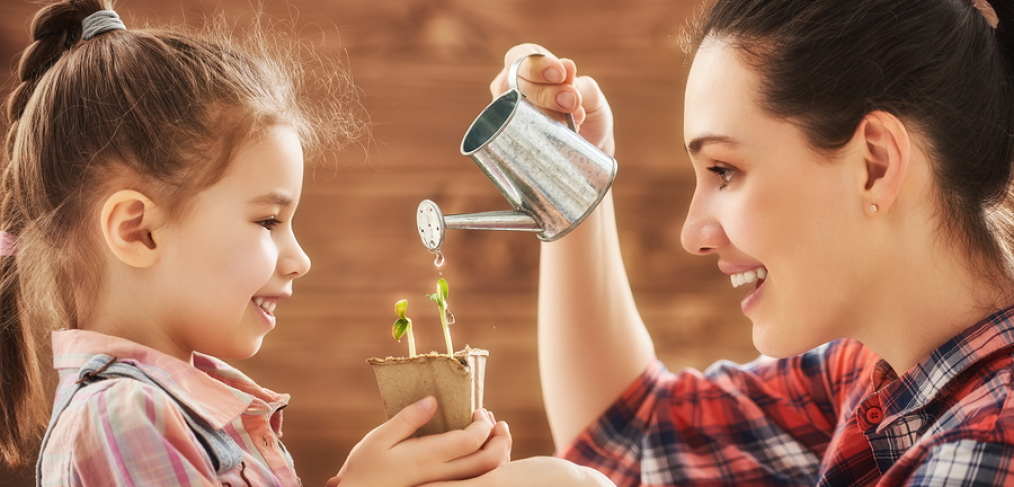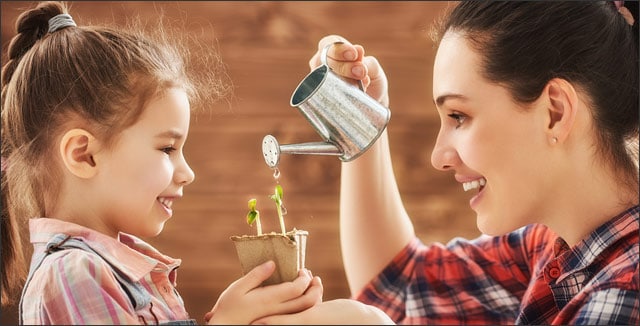
Gardening Strategies: 3 Unexpected Ways to Garden This Year

It’s February and if you are like me, you are starting to dream big about your summer garden. You may be starting to stare longingly at green things and wish your toes were warm again. Or, you may be starting to forget what a sunburn feels like. And you’re starting to plan your garden.
Maybe you have your routine down: you have your perennials, your favorite vegetables, and your plots all laid out already. However, you may be ready to change it up. Maybe you’re frustrated with some things about gardening and ready to be different.
If so, you’re part of a movement of gardeners who are doing things differently. If not, maybe these gardening strategies to give you vision for what your garden could be.
3 Gardening Strategies for Home Gardeners
Front Yard Vegetable Gardens
I know. For a lot of people this is totally taboo. Unless you live in a more rural place, front yard gardening just isn’t done. After all, you have to keep your home’s curb appeal in mind. What if you could do both?
More and more people are becoming aware of the plight of wild bees, migratory birds, and butterflies. More people are aware of how the relentless landscaping of suburban sprawl is taking away their natural habitat. It has even prompted actor Morgan Freeman to plant 124 acres of bee-friendly plants on his ranch property.
Even if you don’t have 124 acres, you can be aware of the environment and do your part just by getting rid of large sections of your lawn and planting native grasses and flowers. This means re-thinking your front yard.
You can start small with edible borders or prairie grasses in nooks and crannies instead of the landscaped grass you have to weed whack all the time. Think about all the yard-maintenance time you’ll save. You can be flexible by planting tomatoes and peppers in containers. In addition, don’t forget big, beautiful open flowers that attract bees and butterflies.
However, if you’re ready to go whole-hog, keep a couple things in mind:
- Be ready to ruthlessly cull the weeds. Get rid of ugly and dying vegetable plants and keep tools put away. It’s still your front yard and your neighbors still have to look at it every time they walk their dog or get their mail.
- Be friendly and generous. If you think you might have complainers on your hands, be ready to share that bounty. If they have to look at it every day, it might help if they get to taste your superior organic tomatoes every day too.
Use Heirloom Seeds
If you’ve been gardening for a while, you may already know all about heirloom seeds and what they are. After many decades of industrialized farming, consumers are starting to become savvier when it comes to where their seeds are coming from.
Here’s a quick guide to how seeds are produced:
- Open pollination is when the pollination of a plant occurs by natural mechanisms – insects, birds, wind, human hands, etc. There are no restrictions in this method of pollination on the flow of pollen between individuals, so these plants are more genetically diverse, causing more variation within plant populations which allows plants to slowly adapt to local growing conditions and the climate from year to year. As long as pollen between different varieties within the same species is not shared, the plant will produce true-to-type seed every year.
- Heirloom variety plants have a long history of being passed down within a family or community. Heirloom varieties must be open-pollinated but not all open-pollinated plants are heirlooms! Some companies sell heirloom plants based how old the variety is and some based on verifying and documenting the generational history of how the seed was preserved and passed on, so even within the label “heirloom” you’ll get quite a variety of quality.
- All this is in contrast with the hybridization method, which is a tightly controlled method of pollination. Usually two different species or varieties are crossed by human intervention in order to breed a desired trait. The first generation of any hybridized plant produces higher yields than the parent – this is called “hybrid vigor”. However, any seed produced using this method is unstable and can’t be passed down. It genetically will not remain true to type and won’t keep producing. If you use hybridized plants, you will have to purchase new ones every year.
Garden for Clean Living
You’ve heard the buzzwords around this movement: “clean eating”, “clean living” – even popular diets like “whole 30” and “paleo.” Because of growing concern about toxicity in our environment, factory farming practices, genetically modified plants, and pollution in our air and water, not to mention an obesity epidemic, more and more people are electing to change the way they eat and live to be more mindful of what they put in and around their bodies.
Many of these ways of living include staying away from eating vegetables raised with pesticides and meat from animals raised in feed lots. One way to save a lot of money – and trips to the farmer’s market – is to grow your own organic vegetables.
Building raised beds and planting in pots is a great way to maximize your limited space if you don’t have a lot of land. You’d be very surprised by what you can do with a very small amount of land. It doesn’t take even one whole acre to raise enough vegetables to feed a family for a year.
To learn more, you may like to read, Animal, Vegetable, Miracle by Barbara Kingsolver to see how she and her family ate only what they grew on less than an acre of land.
Take Away
If you want to do something different this year in your yard, are tired of mowing a bunch of grass and wasting all that good dirt, or want to grow your own – much yummier and healthier – vegetables, think about doing one or more of these things. You have the power to impact your health and the health of the land and small animals around you in bigger ways than you know.
Here are a few books that you may like to read for more information:



